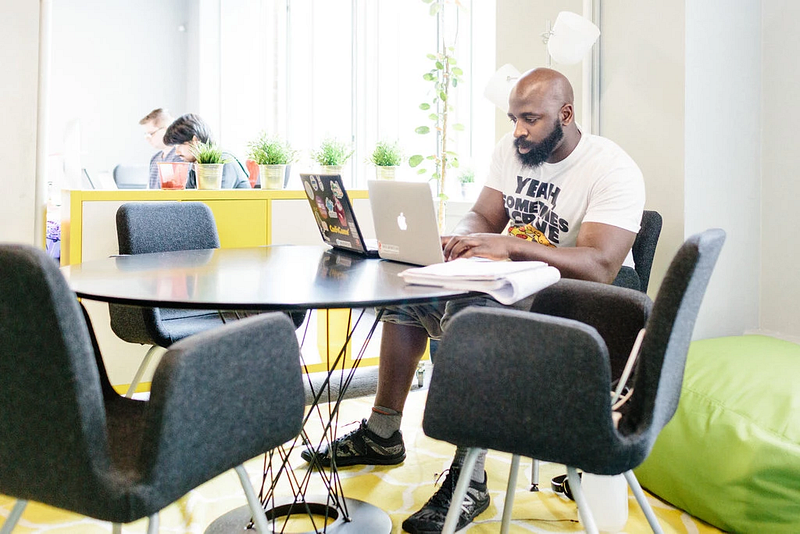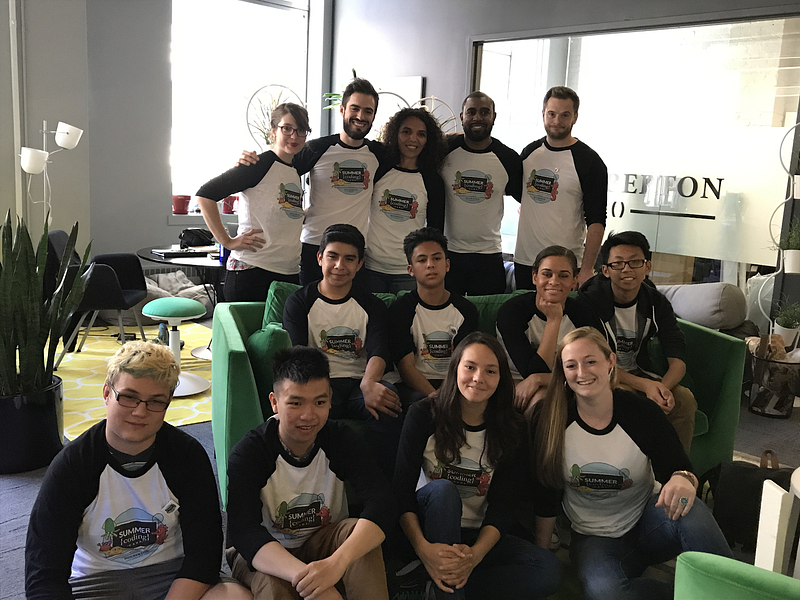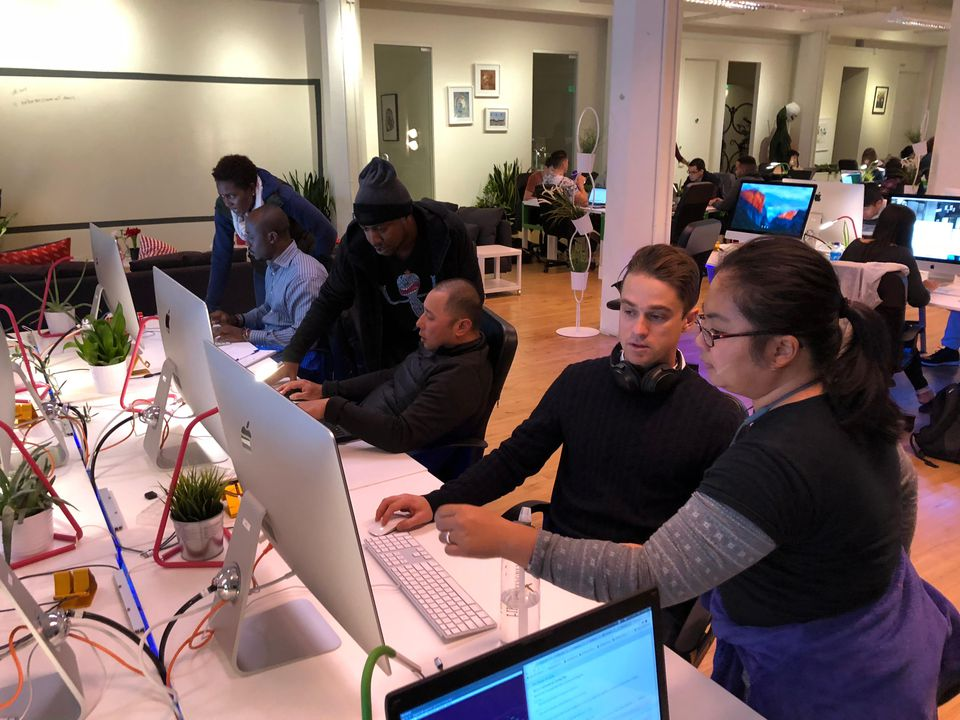By Shauntel Garvey
By 2030, up to to 800 million people worldwide could be displaced and need to find new jobs. While machine automation and artificial intelligence are changing the future of work, our education systems are lagging behind in equipping students with the skills and capabilities to be successful in the changing economy. This reality motivated our seed and recent Series A investment in Holberton School, a project-based, college alternative focused on training the next generation of software engineers. Collaboration, motivation, and learning how to learn are core to Holberton’s model and critical for success in the jobs of tomorrow. We invested with the belief that elements of Holberton’s approach can be adopted across the education system and have broad impact.
Collaborating Across Cultures
“Unless our children begin to learn together, there is little hope that our people will ever learn to live together.”- Justice Thurgood Marshall
One of the hallmark’s of Holberton’s unique approach is their blind admissions process. When applicants are anonymous, the result is an extremely diverse student body that is over 40% female, over 50% non-white, ranging from ages 18–58. Students also come from different walks of life, including high school graduates, college dropouts, accountants, grocery store clerks, and musicians.
The unique makeup of Holberton cohorts fosters collaboration across cultures and is evidence that a diverse student body can further enrich a student’s learning experience. Many of today’s public schools, however, lack diversity. The share of intensely segregated schools — those that are 90% to 100% nonwhite — more than tripled to nearly 20% in 2013 from around 6% in 1988. Until racial and socioeconomic diversity within our schools dramatically improves, educators can create opportunities for meaningful collaboration across racial, cultural, geographic and class backgrounds through the use of empathy technologies.
Like in the workplace, it can be challenging to navigate different backgrounds and personalities and collaboration doesn’t often happen organically. At Holberton, everybody is a student, but also a teacher. Students are guided to become team players and encouraged to ask for help and coach their classmates. With no formal instructors, Holberton’s model relies on peer-to-peer learning. This has been intentionally incorporated into the details of the school’s day-to-day operations: from open seating in the school, to weekly collaboration feedback surveys: “who did you help and who helped you this week?”
Maxing Out Motivation
“My classmates had my back. They helped me, they supported me, they stayed with me after hours.”- Max Johnson, Holberton Student

Max Johnson attributes much of his success to the support of his classmates, but his success is also a result of of his sheer determination. Max overcame numerous setbacks including battling autoimmune diseases, living in his car, and losing a loved one, in order to persist through Holberton and land his first software engineering job. Max is the epitome of the type of student Holberton looks for: someone that is motivated to succeed no matter the obstacles. Holberton is able to identify the Max’s of the world by embedding algorithms in the application process that screen for motivation and perseverance, instead of just pedigree or content knowledge which can be highly dependent on one’s access to a quality education.
The desire for educators to identify and measure attributes like motivation has grown over the years, especially after psychologist Angela Duckworth found that grit — a combination of passion and perseverance for a singularly important goal — is the hallmark of high achievers in every domain. Yet, measuring such attributes remains difficult and time-consuming as Duckworth observes, “the school year already is filled with special-mission tests that interrupt regular course work. The less time commandeered by any grit-specific evaluations, the better.” One potential answer to this challenge is to embed algorithms that identify motivation into existing assessments so that these traits become an integral part of admissions decisions and students like Max aren’t overlooked.
Learning How to Learn
Measuring motivation is even more important when we cannot predict the skills that will be in demand tomorrow. Thus, the ability to adapt and quickly acquire new skills will become a necessity for students to thrive in the new economy. Most fundamentally, Holberton is centered on teaching students how to learn. Students at Holberton not only learn specific programming languages and technical skills, but they also learn frameworks that they can apply to solve any problem. For example, students must find the knowledge and learn the skills they need to complete a task versus being fed information and regurgitating it on an exam. These self-learning techniques are invaluable and can be used to learn anything, not just software development.
Today, traditional colleges are less nimble in keeping up with technological changes, while companies are seeking workers who can adapt to cutting-edge developments. To support adaptability in innovative environments and enable students to apply knowledge in new contexts, schools should design learning experiences that will further develop the the top 10 skills that will be most desired by employers by 2020 which include creativity, critical thinking and complex problem solving.
A greater focus on collaboration, motivation and learning how to learn are a few ways for schools to better equip students for the changing economy. Nurturing and developing these 21st century skills early in students’ lives will enable them to become lifelong learners that reach their full potential. Although Holberton is a college alternative, many of the school’s approaches to learning can be applied in a K-12 context as evidenced by their Summer Coding Camp for high school students.

The three-week camp closely resembles the structure of Holberton’s software engineering program with the same peer-based and project-based pedagogy. Through the program, campers have the opportunity to work on a team, interact with software developers from companies like Salesforce and Google, build a website and/or iOS app from scratch, and present their projects to tech industry leaders.
If you or someone you know is a high school student interested in CS and the Holberton learning model, you can apply here for the free summer camp which is open to both novice and experienced programmers.


